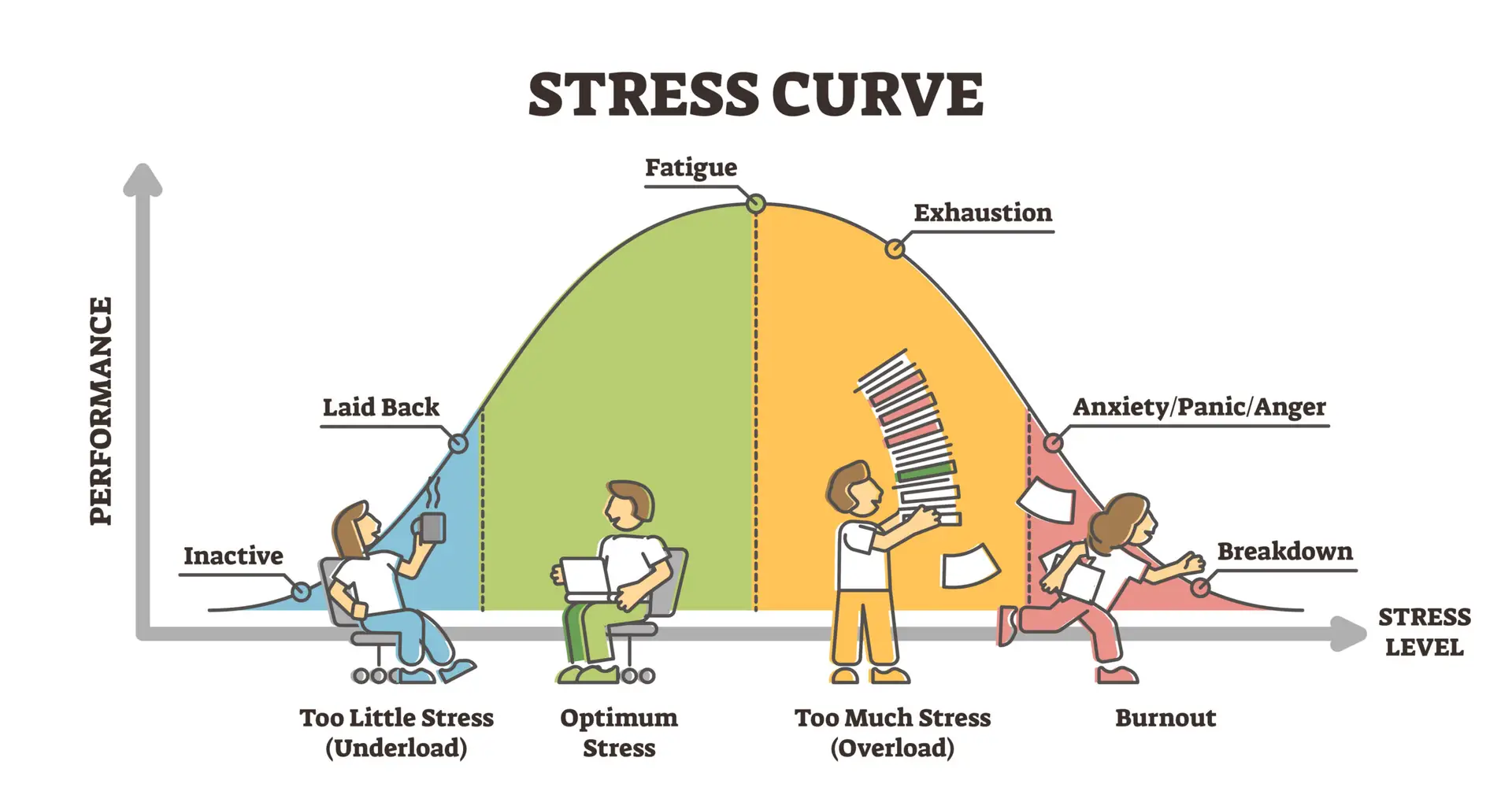According to a survey of 2000 UK employees run by the Employee Benefits website, more than 70% of UK workers want their employers to put more effort into motivating them. Money aside, the survey lists the top reasons for loss of motivation in the workplace as: lack of career progression (25%), poor communication from senior management, lack of regular rewards or recognition (24%), lack of a good work-life balance (21%) and lack of challenging work (18%).
Human Resourcing is a large field of study. There are hundreds of academic papers and journal articles that would explain the science behind resource retention backed up by studies in multi-disciplinary organisations. In this article however, though we lightly touch on some recent research, we share with you our thoughts based on personal first-hand experience in the field. We list our top 10 advise for how to keep your employees motivated for their benefit and yours equally.
1. Be honest
Transparency derives trust in you. If your employees do not have a clue of what is going on in the company, what is the strategy, objectives, values, ongoing and future projects, then you will have silos will less collaboration, less openness not just with you and management, but also with one another. You need to be clear on what you expect from your company, and from each individual, and be honest about it. List the good and the bad and try not to sugar quote the bad. If you are enduring financial hardship or have less earnings than forecasted, be transparent. Do not hide the facts until incentive day when your employees are expecting salary increase or planning what do with their bonuses. They will not forgive you. However, if you engage properly early on, and treat your employees as stakeholders instead of a resource number, they will be more willing to plan under your leadership and solve any problems that lie ahead for the company.
This also applies to individual performance reviews. If you expect to measure your employees based on a KPI or scale, then it would only be fair to listen to them, their objectives and what they are trying to achieve and work out a clear plan to meet your strategy and their personal goals. Your vision and theirs should be aligned. You should then have consistent follow up to ensure this plan is progressing and frequently listen to what is new or changed with your employees. Have skip level meetings to eliminate impact of any potential bad middle management in your organisation.
2. Get the priorities right
When addressing your employees objectives for themselves, you need to understand their priorities. Some people care a great deal about promotions and are happy to put on some extra work. Others want to learn a new skill and stay relevant to the market or want to upskill to move to another team. Others are happy to stay in their role and prioritise flexibility and life balance so they can spend more time with their loved ones. Your employees are individuals, this means they each have an individual lifestyle, priority, and a life outside if your company. If you want to keep then, then it is critical to comprehend what their priorities are, and help them to be successful where appropriate.
3. Discuss money
Income is the number one reason why people work. Do not wait for your employees to come and ask for more or make them feel as if they are begging you for money. The conversation can be awkward, particularly if it is the elephant in the room, with inflation and living costs going up while salaries are not increasing. Be proactive and open the conversation. Understand what the market value is for every position and give more if you can. You can also change the frequency of incentives and distribute quarterly bonus as opposed to the usual yearly bonus.
If you are restricted on budget, then, offer other perks: medical benefits, gym memberships, childcare vouchers, learning opportunities and certifications, promotions (even if they don’t come with an immediate increase), company stock, or at least flexible working.
4. Lead with empathy
If you don’t want to experience burnout at work, then why would expect anyone to overwork? It always amazes me when managers ask you not to take a holiday due to a project delivery when they take time off to be with their families. Or to ask you at 5pm on a Friday to deliver some work by Monday morning! Though we are not all born with the same level of empathy and social intelligence, there is no excuse not to practice it and show compassion. Your employees will grow loyal if they feel you are there for them, and that you are going through the same emotions.
The rules of empathy are simple: do for others what you want for yourself and walk in their shoes.
5. Be flexible
There is a common expression that tells you that time is money my friend. I strongly disagree with this view. Time is much more precious than money. Money comes and goes, but time only goes, it does not come back.
Though post covid-19, we saw a revolution in flexible work where employees can be on average 3 days in the office and 2 days working from home, this does not have to be the rule. As people are now asking for more flexibility, allow your employees to work from their home if this means they can be around their families or avoid the commute.
People are less likely to lose motive if they think they can have it all: money and family. Afterall, that’s what most people consider to be the priorities in life. Feel comfortable to negotiate flexible work and what it means to different people in the team. A one fit all policy might not work for your company and be ready to execute exceptions where needed.
6. Mind the working conditions
In 2020, the Harvard Business Review published an article on How to Keep your employees motivated at work. The article was based on a surveying over 20,000 employees around the world in 50 major companies between 2010 and 2015. They found that overall, working remotely was less motivating for people due to emotional pressure, economic pressure, and inertia. Even though many might people ask for flexible work, this does not mean that it will not impact their motive or engagement with the team.
The study revealed that motivating factors for employees were play, such as problem-solving with colleagues, having a purpose such as being visibility of their work and its impact on the business, and finally potential such as connecting with other colleagues to teach and develop them. These factors are significantly impacted by working remotely, as the social aspect of work is somewhat removed.
The review recommends few tactics in communicating with employees to engage them and keep them motivated. We argue however, that many have adapted to working from home since the study was conducted, and many companies got used to implementing different strategies to adapt to this flexible working. If you have employees that are clearly losing motivation however, then these communication tactics such as conducting adaptive performance, where there is no plan to follow but instead experimentation and problem-solving. This involves team performance-cycle meetings, 1-2-1 meetings, and end of week reflection on the experiment results with your team.
Of course, do not add meetings just for the sake of it particularly if your team is under tight deadlines or hammered by deliverables. Review the benefit to your employees in your reflection sessions and change strategy where appropriate.
7. Allow them to be who they are
We have different skills in life, some are good with numbers, language, social skills, analysis, data presentation and storytelling, creative and innovative spirit and so on. Empower your employees to unleash their talents. For this to happen, you need to have healthy management strategies, for there is no bigger killer of talent and creativity than bad management. Plan skip level meetings, strong cross team and cross department collaboration, talent competitions such as hackathons, and feel free to be creative on how to engage hidden talents of your employees and use them so your company benefit while your employee’s skills grow.
Diversity is another point here: people feel more motivate to be at work when they feel they belong to a community. This is embedded in our nature of being part of a group to increase survival. When you have similar people to you and you are accepted and respected for who you are, you are less likely to shy away from shining and giving your 100%.
Prioritise mental health, and do not bully your employees and manipulate their emotions for monetary gain through bad task-focused micromanagement. Appreciate everyone for their individuality, champion diversity, and grow a healthy community spirit at work.
8. Give the gift of knowledge
Allow and support your employees to grow. We humans are curious beings, and long-term routine of repeating the same task is punitively demotivating. Employees can feel stuck as well as fearful of being redundant and insignificant if they are not learning and supported to upskill. If you don’t have a budget for fancy MBAs or customised training for your employees, there are many websites that offer corporate training. You can even get more experienced staff to teach other employees for a reward, it is a good way for the bigger team to bond and break silos. Why not put a poll to know what your employees want to learn about and discuss their personal preferences in 1-2-1 and skip level meetings.
Remember, learning does not have to be limited to professional development, it can also be learning about the psychology of work, the importance of collaboration, emotional intelligence or any other topic you think might enrich and enhance the lives of your employees in the company and in their personal lives.
9. Clap for them
Recognise your employees’ achievements as individual and as teams. Put their names out there, in your website and email communication, and call it out loud in meetings. Don’t be too busy to remember or give 10 seconds at the end of a meeting at the end of the year when most people have dropped off the call. Recognition should be frequent and treated as a priority in teams’ agendas. Run your company as a meritocracy and help those who might struggle to achieve their full potential.
10. Give free food
Food brings people together, it gives a family feel to a company, as well as motivates your employees to stay in the office. A survey by ZeroCater that surveyed 100 employees and office managers showed that 90% of employers say that office meals and snacks help their employees build stronger internal relationships, with 88% saying office meals save their employees time from going out for lunch. Research also showed that access to free food in the office can increase employee happiness by 11%, and 60% of employees ranked meals and snacks in the top three office perks.
Try to associate a most the important messages that you need to communicate to your employees with free food day. This can be company culture awareness, opportunities, senior management meetings, surveys and so on. This way there is high probability for a higher attendance, after all, your employees know there is no such thing as a free meal, but if you have talks that benefit them, then your attendance numbers might just double.





